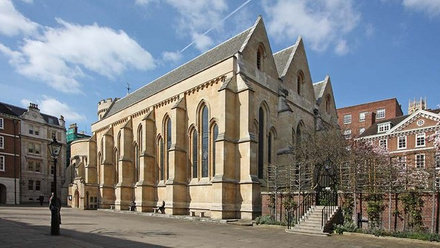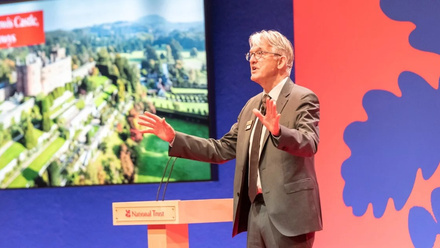What is Heritage Counts
Heritage Counts provides trends, insights and data into the heritage sector and where we are seeing changes and history in the making.
Heritage Counts is the annual audit of England's heritage, first produced in 2002 on behalf of the Historic Environment Forum, showing the value of heritage to our economy, society and environment. Heritage Counts consists of several separate reports, each of which focus on different areas of Heritage, supported by regional reports and case studies.
The Historic Environment Forum is the high level cross-sector committee for England, bringing together chief executives and policy officers from public and non-government heritage bodies to co-ordinate initiatives and strengthen advocacy work and communications.
Heritage and the Environment
Heritage and the Environment is a new addition to Heritage Counts for 2020, completing the suite of evidence publications that are compiled each year. Heritage and the Environment explores some of the key aspects affecting the relationship between our natural and cultural heritage. Understanding the value of England’s historic environment and how protecting and/or preserving it will be beneficial for future generations.
Key findings of the report include:
- During the lockdown daily global air pollution and CO₂ emissions decreased by up to 40%.
- Human activity has shaped the landscape, forming the foundations of regional and local identity and helping to reflect the diversity that exists in shared culture and natural heritage.
- The historic environment exists within our towns and cities.
- Our natural environment can be seen in the materials we use for our homes and commercial buildings.
- Boundary lines, such as hedgerows and dry-stone walls, have been in decline, impacting our visual landscape and our biodiversity
- Regionally specific ecosystems can support unique wildlife and plant-life.
- Historical management and human interaction with our ecosystems directly influences their current complexity and regional variation.
- Our distinctive English landscapes are at a very real risk of being lost.
- Historical buildings ‘decorative’ features or construction may perform better than you might think
Read the report here.
Icon and sustainability
Icon aims to embed environmental sustainability in our internal actions, the support we provide the profession and in our leadership position. We have taken positive steps to reduce our carbon footprint. Members will be aware that we are now mailing Icon News in 100% recycled paper envelopes instead of the plastic film wrap that we had been using previously. We have also signed up to the DefaultVeg pledge.
We considered environmental issues in our freshly updated Professional Standards and Ethical Guidance and are about to launch the Icon Environmental Sustainability Network in partnership with Fit for the Future. The launch on 20 August is an opportunity for Icon members to shape the work and priorities of the new Network.
While we continue to build relationships with other organisations who are working on environmental sustainability in conservation, we have also shared our expertise beyond the sector. We recently contributed a case study to a report by Parn that analysed sustainable practice in the professional body sector.
---
Image: Creative Commons






